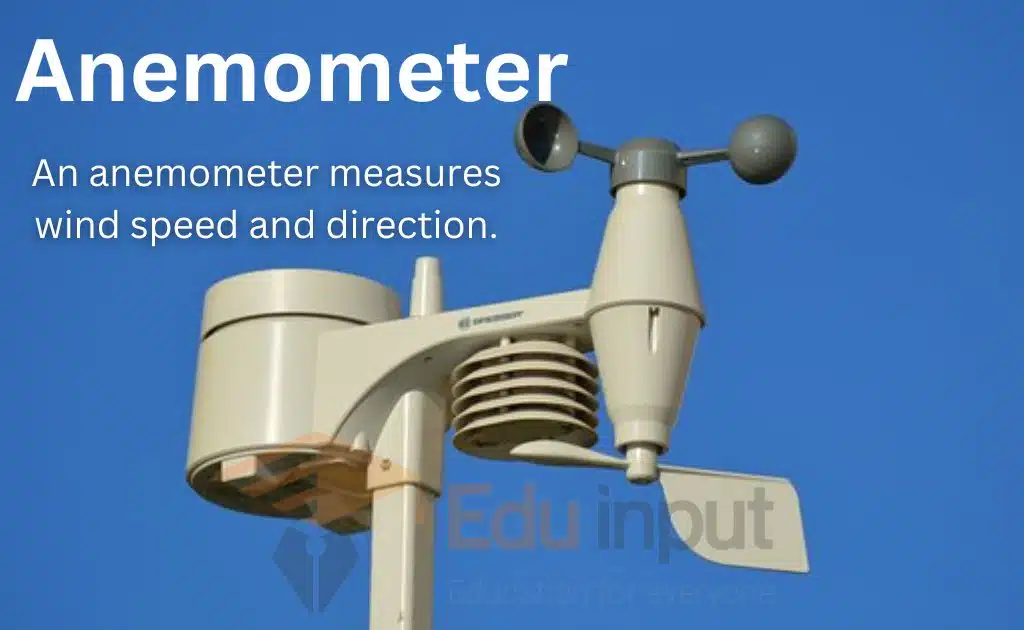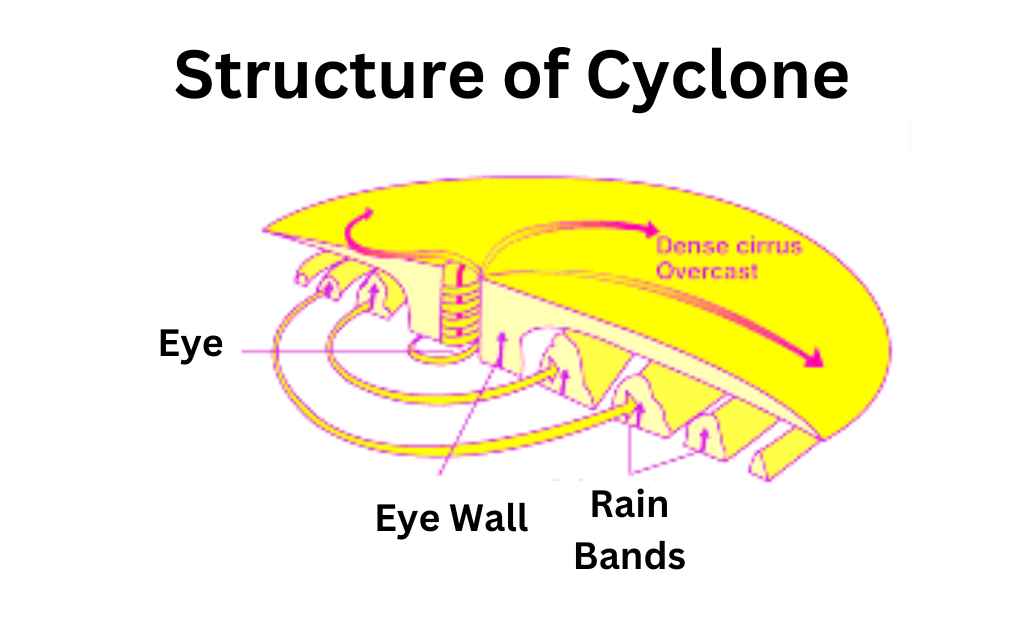What is wind?-Definition, Types, And Effects
The wind is the natural movement of air or other gases relative to a planet’s surface. There are many different kinds of wind, ranging from thunderstorm flows lasting tens of minutes to global winds resulting from the difference in absorption of solar energy between the climate zones on Earth.
What is wind?
The wind is the flow of gases or air on a large scale from a high-pressure area to a low-pressure area. The wind is classified by the following parameters:
- Speed
- Pressure
- Temperature
- Types of forces
- Regions in which they occur
In meteorology, winds are often referred to according to their strength, and the direction from which they are blowing.
Directions are usually marked by a compass and are expressed in terms of which direction (north, south, east, or west) the wind comes from.
This is sometimes counterintuitive. Short bursts of high-speed winds are called gusts.
Strong winds of intermediate duration (around one minute) are known as squalls.
Wind speed and duration vary with many factors, including location, time of day, elevation, and the shape of the surface being blown across. These terms refer to the average strength of winds during their average length of time.
What is the Cause of Wind?
Winds are caused by differences in atmospheric pressure, which are mostly due to temperature differences.
The air causes the movement of the wind. When a difference in atmospheric pressure exists, air moves from the higher to the lower pressure area, which results in winds of varying speeds.
On a rotating planet, air will be deflected by the Coriolis effect only exactly at the equator. Otherwise, it’s just gravity.
The two primary driving factors of global-scale wind patterns are the differential heating between the equator and the poles (difference in absorption of solar energy leading to buoyancy forces) and the rotation of the planet.
There’s a whole world of meteorology that’s outside the tropics and above ground level, where friction plays no role. There the large-scale winds tend to approach geostrophic balance.
Types of Winds
There are many types of winds based on different factors. Some of them are discussed here.
- Planetary winds
- Trade winds
- The westerlies
- Periodic winds
- Trade winds
Planetary Winds
These winds, known as ‘planetary’ or ‘equatorial’ winds are caused by the different pressures of different latitudes in the atmosphere.
Trade winds
The wind direction is determined by two main factors; the Coriolis effect and Ferrel’s law.
Trade winds blow as a north-eastern trade in the Northern Hemisphere and as a south-eastern trade in the Southern Hemisphere.
The westerlies
These winds are developed at latitudes between 40° and 65°S and those latitudes are called the Roaring Forties, Furious Fifties, and Shrieking Sixties.
Periodic winds
As the weather changes, so do the directions of the wind. Moonsoon is the most important periodic wind.
Trade Winds
A trade wind is a wind flowing toward the equator from the northeast in the Northern Hemisphere, or from the southeast in the Southern Hemisphere.
Effect of Winds
Wind can be a helpful erosion and transportation agent if it’s strong and blows across fine‐grained sediments such as sand, silt, and clay. There is some common effect of winds.
Erosion
Erosion can be the result of material movement by the wind. Wind causes small particles to be lifted and therefore move to another region.

This is called deflating. Second, those suspended particles may impact solid objects causing erosion by abrasion (e.g., ecological succession).
Wind erosion usually occurs in areas with little or no vegetation, and usually occurs in areas with no rainfall to support vegetation.
Desert dust migration
The weather begins to change in July as the southwest monsoon moves over North America.
The dust from the Sahara moving through the southwestern periphery of the ridge within the belt of trade winds changes the direction of the airflow, which decreases rainfall and causes red sunsets.
I believe its presence negatively impacts air quality by adding to the count of airborne particles





Leave a Reply